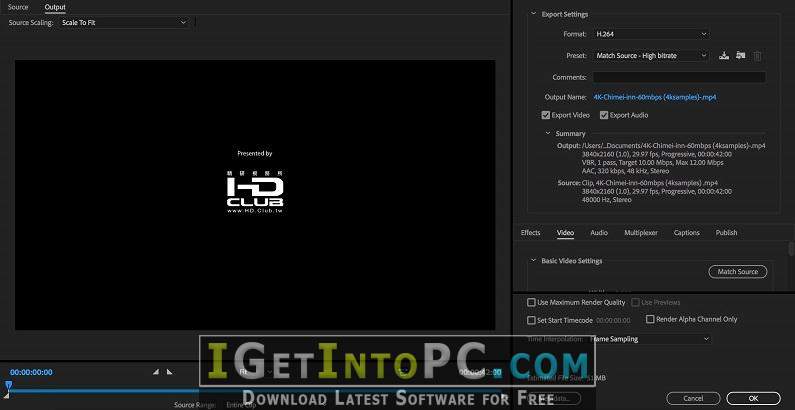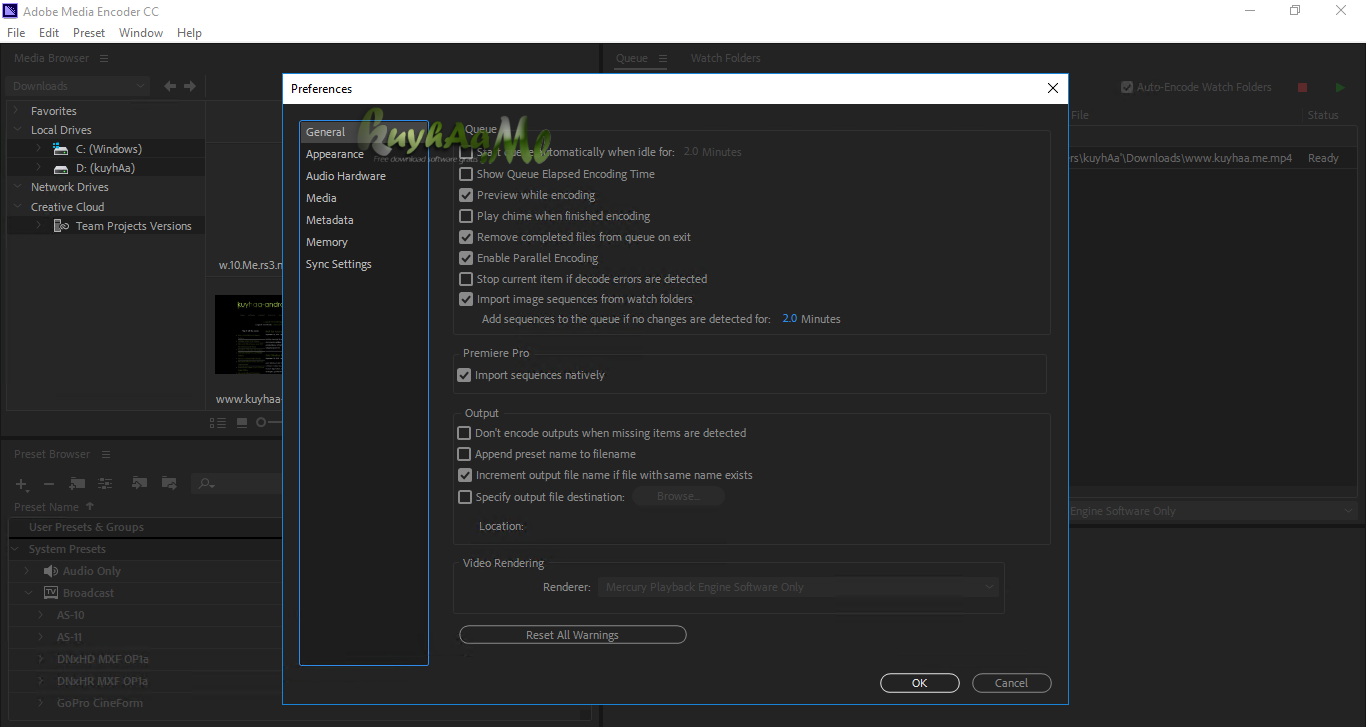
Some take a lot more time than others to render. Trim 3D layers so that they’re only the length they need to be, which is when they’re visible on screen. The same goes for any 3D layers in your project that might be off-screen. So, before you send your composition to the render queue, make sure you delete or trim any unused layers inside your composition. Just because you can’t see a layer inside your composition window doesn’t mean your CPU and GPU aren’t rendering it. Use one SSD for your operating system, a second SSD for your media footage, and a third SSD dedicated to just the media cache. With an SSD, After Effects will be able to load media assets much faster.įor the fastest render times, Puget Systems actually recommends using three SSDs, as opposed to just having one large SSD. Use Solid-State Drives Image via Hadrian.Ī solid-state drive (SSD) is a quick way to increase render speed in After Effects (and the speed of your computer in general).

If you’re using an older graphics card, you’ll likely see an instant render speed increase when you upgrade.Ħ. However, you can check out some guidelines Adobe recommends for selecting a GPU. The minimum After Effects supports is 2GB of GPU VRAM.īecause new GPU chipsets are being introduced all the time, the After Effects team doesn’t recommend any specific GPU. Recommends your computer have 4GB or more of GPU VRAM.
ADOBE MEDIA ENCODER CC 2018 RENDERER UPGRADE
Upgrade Your Graphics Card Image via Aleksandr Grechanyuk.Īfter Effects is an incredibly intense program for your graphics card. Set it to the option that displays “GPU Acceleration” in the name.ĥ. You’ll then see the Video Rendering and Effects tab. Make sure that GPU Acceleration is turned on in your After Effects Project Settings. Many effects in After Effects utilize GPU acceleration, which will speed up your render times. So, if you have some of those frames already cached, the final render will be faster. Since this is the resolution After Effects will ultimately render at. However, to gain the actual render benefits of this, when you leave After Effects idle, make sure you set the Preview Resolution of the composition window to Full. Navigate to Composition > Preview > Cache Frames When Idle to enable this. This setting allows After Effects to automatically render your compositions when After Effects is left idle.
ADOBE MEDIA ENCODER CC 2018 RENDERER HOW TO
To see a step-by-step guide on how to do this and learn more about RAM in After Effects, check out:Īnother easy way to speed up renders is to turn on Cache Frames When Idle. In most cases, you can set this to the minimum value After Effects allows. In After Effects, navigate to Edit > Preferences > Memory & Performance.įrom there, you can set the RAM Reserved for Other Applications. You need to tell After Effects how much RAM it should reserve for other applications. Optimize RAM Reserved for Other Applications

To learn more, check out Adobe’s After Effects User Guide on Multi-Frame Rendering.Ģ. To enable this, navigate to Edit > Preferences > Memory & Performance. In short, the more cores your CPU has, the more frames After Effects can render simultaneously.

The first setting you need to turn on for faster renders is Enable Multi-Frame Rendering. However, you can take a few steps to make your After Effects renders as fast as possible. Rendering is an annoying (but unavoidable) aspect of the motion graphics process. Let’s speed up your render times-and workflow-in After Effects with these handy settings and hardware tips.


 0 kommentar(er)
0 kommentar(er)
